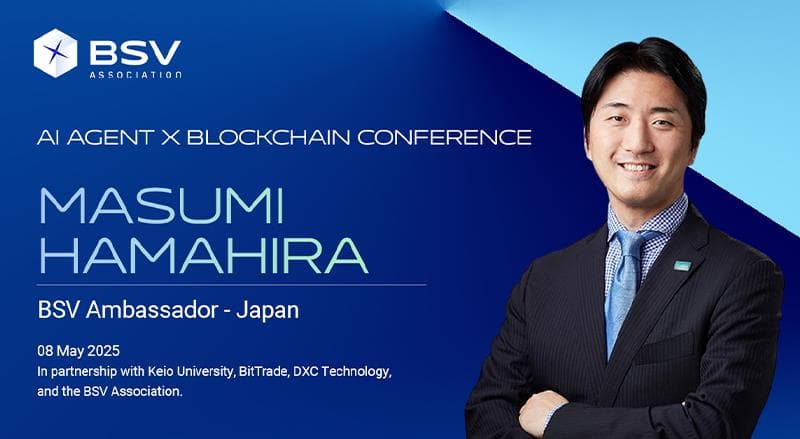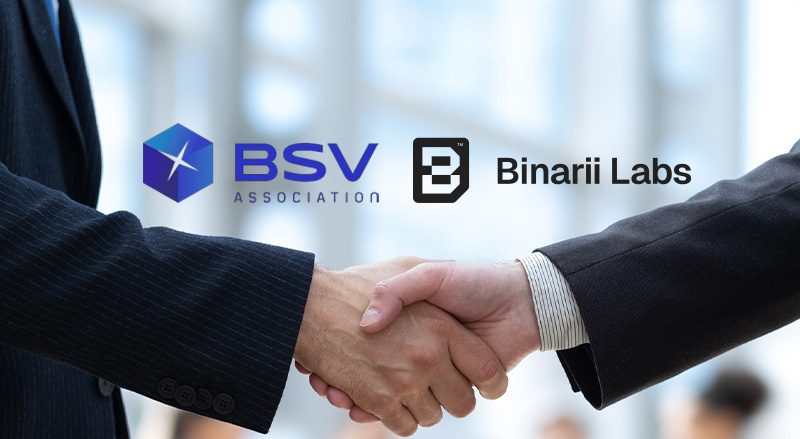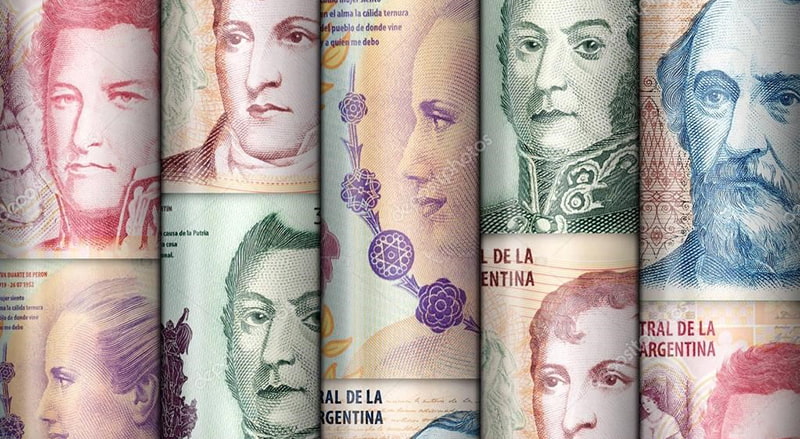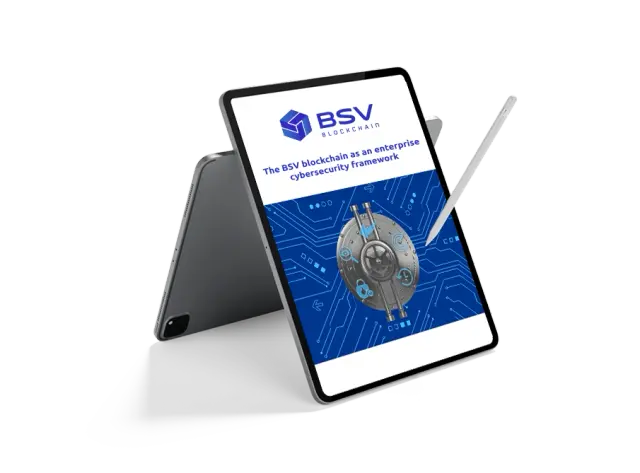At the WeAreDevelopers Congress in Berlin, the Bitcoin Association for BSV promoted the unmatched scalability and utility of BSV blockchain. The first stage session illustrated this by choosing the subject ‘20 Million Txs Per Day: Writing Data to the World’s Largest PoW Blockchain’.
Connor Murray, Founder of Britevue and BVS Academy Course Content Creator, Kurt Wuckert Jr, Founder of Gorilla Pool and Chief Bitcoin Historian for CoinGeek and Jad Wahab, Director of Engineering at Bitcoin Association, held the presentation and answered questions from the audience.
We present these questions and answers to you to clear up matters you might be wondering about, including dealing with BSV blockchain’s gigantic block size as a user or service provider, smart contract transaction fees, BSV blockchain’s level of decentralisation and its environmental impact.
What happens to users and service providers when block size reaches 50GB+?
Q: Assuming you reach your goal of an unlimited block size, how would a user be able to sync their own node? Would they basically be forced into using the service? Wouldn’t the network be completely centralised amongst big services then?
Jad Wahab: As we mentioned, if you just want to use the blockchain, you only need the chain of block headers, which is 80 bytes (regardless of whether we get to 50 gigabytes per block or 50 terabytes). So, as a user, it’s very simple.
If you want to do something more complicated like mining or indexing the blockchain, you’re going to have to run a node and download all of the data, but you don’t have to download everything – only the data that pertains to your service (your working blockchain). This is why we expect to see companies specialising in different types of data. This will make it easy for them, especially if they’re building a company that offers this as a paid service, incentivising you to sync certain data.
Kurt Wuckert Jr.: This is like asking, ‘Well, my business is on AWS, but how can I download my entire business off of AWS every month to double check it?’ That’s a very weird concept and Bitcoin was designed to work the way that Jad described. We know this because Satoshi Nakamoto used the Merkle tree system and Merkle proofs. There’s no reason to have done that if he didn’t intend for very small pieces of provable data to be all that a user would need. Otherwise, if it was intended that everyone syncs a full node, then that entire concept of using the Merkle tree system is irrelevant. So this is the way Bitcoin was intended to be used. Syncing your own node is a very unnecessary and arbitrary step at scale.
BSV blockchain’s energy consumption compared to PoS chains
Q: How well do your transactions and energy consumption compared to the big PoS players, for example, Tezos or Polkadot?
Kurt Wuckert: Think about block processing like a train schedule where trains will leave leave the station at a scheduled time, regardless of the number of passengers.
We can agree that we need data services and that they have value. People don’t typically ask ‘what’s the environmental cost of AWS or Azure’ or some of these other backbones of the Internet. But in the blockchain space, they look at it and say, ‘oh, that’s this huge problem’.
If we agree that the problems of the economy that can be solved with blockchains are worth solving, then it’s about doing the most per kilowatt-hour (or ensuring that the train is architectured to transport as many people as possible).
The better question is about transactions per second. That’s the metric to look at! How much business can you do per kilowatt-hour? On something like Tezos, it’s probably 10,000 transactions a second, which sounds like a lot until you think about 7 billion people on earth and they’re stopped out because they’re a proof-of-stake system. Everybody has to be a validator on that network, and so the network needs to be fundamentally re-engineered to be more environmentally friendly.
At BSV we have a very small, specialised group of people that build blocks with proof-of-work, and then the rest of the system can scale out to millions or billions of transactions per second because of the way the network is architected. So we trend toward zero emission per transaction, whereas everybody else is capped.
Jad Wahab: A blockchain uses a constant amount of energy, regardless of how many transactions it processes. You could also think of it as like a hospital, for example, that spends a lot of energy. If one person is using it every year, it is going to seem wasteful. But if the entire world is using it and it remains a constant amount of energy, it’s going to seem like the most efficient system we’ve ever had, which will be the case with BSV blockchain.
Smart contract transaction fees
Q: What about transaction fees using your smart contracts?
Jad Wahab: The same applies as sending any other transaction. A smart contract is a type of transaction. So if the transaction fees are really low, then by extension the smart contract fees are also really low.
How secure is BSV blockchain?
Q: How many miners are there in BSV blockchain and how do you achieve trust?
Kurt Wuckert: In BSV specifically, there’s around 12 mining companies that have ever built a block. Most of them are built by 6 to 8 on a monthly basis. But it’s actually the same across every proof-of-work network.
If you look at BTC, which everybody says is the most decentralised network on earth, it still has fewer than 20 miners that have ever built a block. Almost all the blocks are built by 8 to 10 nodes. Now, they say there are 15,000 BTC nodes, but I would argue that they’re doing nothing (because they’re not building blocks).
In BSV blockchain, we get rid of all the nothing-nodes, because it’s an arbitrary metric that we don’t care about. So, from a decentralisation standpoint, BTC and BSV are roughly the same. If you talk about the nodes that are capable of writing to the blockchain, they’re very similar.
Jad Wahab: There’s no such thing as 100% security, it is not a binary function. It’s based on risk and probability. As our presentation illustrated that a block header acts like a fingerprint, you can be sure about anything that happens from checking that block header.
In securing a blockchain, you don’t have to prevent the attacker from attacking the system. You just have to make it very hard for them to attack the system. If you can see whenever they attempt to attack because it’s captured by the entire network, it’s nearly impossible to cheat and get away with it. It completely disincentivises attacks.
What is BSV blockchain?
Q: What does BSV stand for?
Kurt Wuckert: The SV stands for Satoshi Vision. So what BSV is, it’s an implementation of Bitcoin the way that Satoshi Nakamoto originally implemented it. Everybody else has tried to re-engineer and re-engineer and re-engineer the system under the assumption that Satoshi was wrong. And there’s 20,000 blockchains that exist today that are built under the assumption that Satoshi Nakamoto was fundamentally incorrect about blockchain technology.
We’re the only blockchain that said, let’s see if he’s right. Let’s implement all of these things that everybody thought was wrong. And wouldn’t you know, we’re the most scalable, low fee, high value per transaction network in the history of blockchain technology?
Jad Wahab: The way we see it, Satoshi’s Bitcoin has solved a problem like the person who invented the wheel. We don’t want to reinvent the wheel, we want to move past it. We want to think about how to build a bike, how to build a car, how to build a motorcycle. We’ve seen the first layer is stable, set in stone, and we want to move and build layers above that.
Pose your question
Has your question about BSV blockchain remained unanswered? Ask the BSV blockchain community by joining our Discord channel to discuss everyday topics around BSV, or our Discourse forum for technical BSV blockchain professionals, including miners, developers and exchanges.






